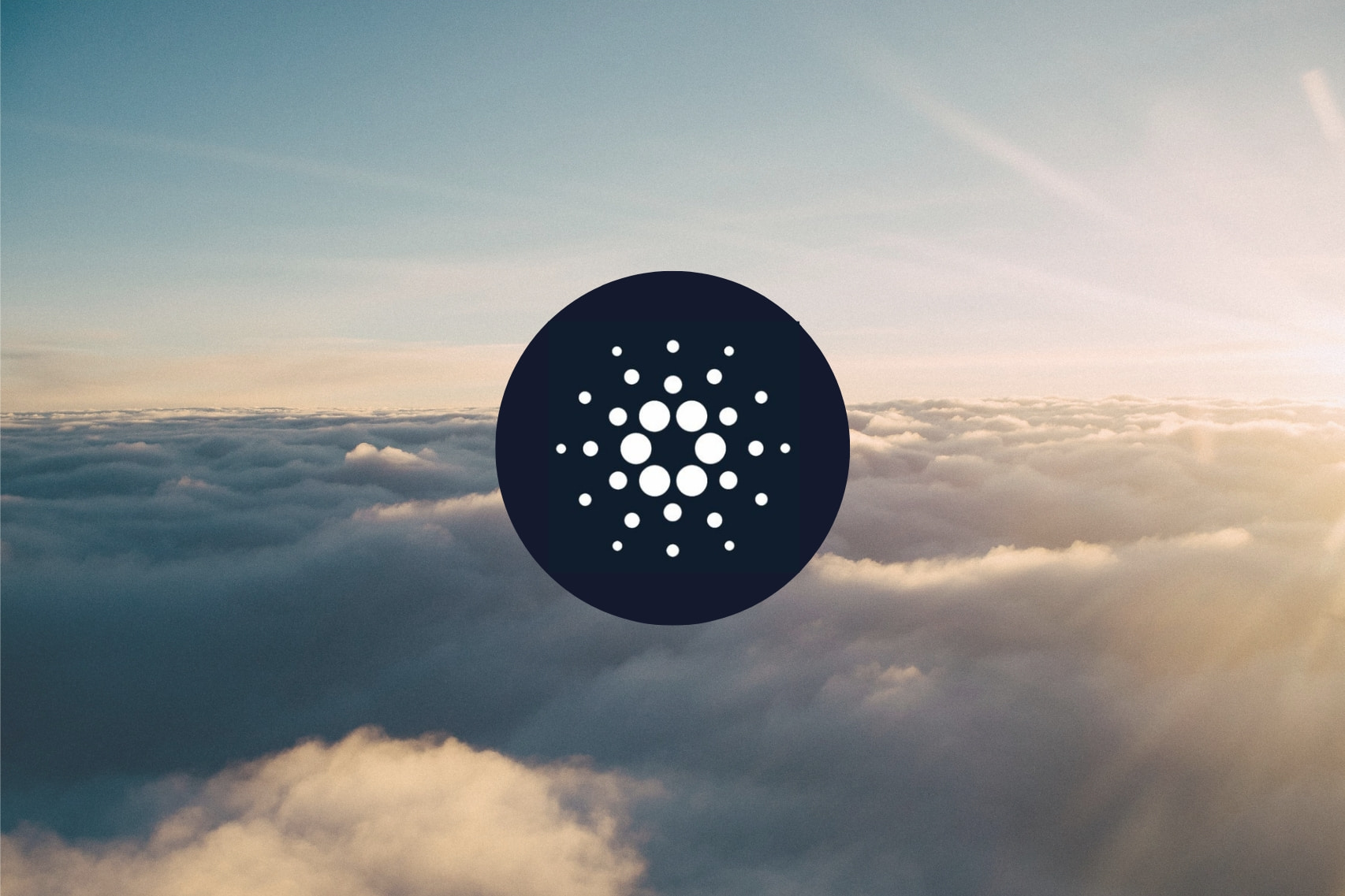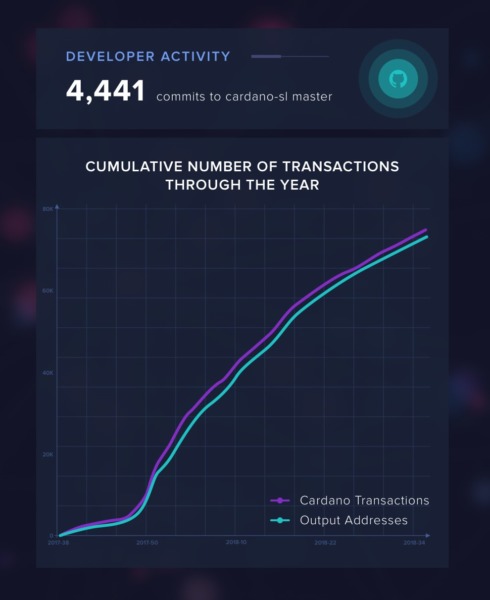Cardano marked its first year anniversary of mainnet launch on September 29, 2018.
Yes, Cardano has been around for just one year. We could say that we are still in the very early days of cryptocurrency. It is important to look at the Cardano project in retrospect and consider what it has in store for the near future.
The blockchain world has seen plenty of projects begin with bold claims that end up severely short of investors’ hopes when the project eventually launches. Charles Hoskinson, former CEO of Ethereum, noticed this disappointing trend in the blockchain sphere and decided to do something about it.
Hoskinson envisioned a cryptocurrency project built on actual research by domain experts, through peer review and following an academic framework for development.
Cardano is built on a vision to bring the benefits of the civilized world to communities where the existing banking system is too expensive to be implemented, where credit is hard to get, and where the lack of stable identity makes trust difficult. Cardano is a fully open source, decentralized blockchain and cryptocurrency project that also includes a smart contract platform which seeks to develop more advanced features than any protocol previously developed. Learn more from our introduction to Cardano.
Cardano Development
Cardano was designed to be the first protocol that will balance privacy and regulation. The platform is written in the Haskell programming language known for its strong security.
The ADA cryptocurrency was the first application on the Cardano blockchain. It was designed to be the native currency of the Cardano platform. The total supply is 45 billion.
The Daedalus wallet was designed with a new specification-driven development methodology making it highly secure to store the ADA cryptocurrency. The wallet will be further developed over time to add more cryptocurrencies and eventually become a universal crypto wallet.
The Project Icarus was announced on August 15, 2018. Icarus is a fast and easy-to-use browser wallet enabling developers to create their own applications. Icarus is a lightweight wallet that exists as a Google Chrome extension.
A third wallet, known as Yoroi was launched on the mainnet for Cardano on October 1, 2018, as can been seen from the Charles Hoskinson tweet below.
Cardano just got another wallet. Try it out and let me know how it works for you https://t.co/WpygLMENKQ
— Charles Hoskinson (@IOHK_Charles) October 1, 2018
Cardano makes use of IELE for smart contract execution. The IELE Virtual Machine is developed with Runtime Verification and based on the K framework. Two testnets have been released thus far; the first being the KEVM testnet (in May 2018) and then the smart contract testnet for IELE Virtual Machine (in August 2018).
Cardano demonstrates transparency by having their code get audited by an independent third party on a monthly basis. As a project that prides itself in the academic framework, Cardano has had 10 research papers accepted to conferences, 5 research papers under review, and 4 technical reports produced.
There are 31 cryptocurrency exchanges that currently list ADA. These include Binance, Bittrex, UpBit, Huobi, and OKEx. The ADA cryptocurrency also has USD pairs on exchanges such as Kraken and Exmo.
The ADA cryptocurrency is currently ranked the 9th largest cryptocurrency by market cap. The market cap is currently about $2.1 billion with a circulating supply of approximately 26 billion.
The chart below shows the transactions in Cardano through its first year.
The first use case for Cardano was announced in January 2018. GRNET, the national research and education network of Greece, partnered with IOHK to verify student diplomas on Cardano.
In March 2018, the first project to be launched on the Cardano platform was announced. The project name is Traxia and it is a project that converts invoices to smart contracts that can be traded as short-term assets.
Cardano Community Progress
The Cardano mainnet was launched on September 29, 2017, on the back of a successful ICO that raised $62 million. A month after the mainnet launch, the Cardano roadmap was released and gets updated regularly.
On November 25, 2017, the Cardano Foundation launched the Cardano Forum which at present boasts over 8,800 users. Also, Cardano has had a weekly technical update for its community since July 2017.
Cardano has over 125,000 followers on Twitter, over 27,000 on Facebook, over 68,000 on Reddit, over 35,000 on Telegram, and 39 meetup groups across 27 countries.
What’s Next for Cardano
There are a number of developments still ahead for Cardano from the project’s vision and roadmap. Some areas of upcoming developments include:
- Game Theory and Proof-of-Stake
- Decentralization and Staking
- Ouroboros development
- Two new programming languages: Plutus and Marlowe
- Smart contracts
- Side chains
- Hardware wallet
Conclusion
Cardano is well off to a great start. The project is powered by IOHK and EMURGO. The partnership between the three entities aims to present a globally recognized product in the academic and scientific world. Cardano is not just a second generation blockchain (via smart contract functionality), but also third generations as it has the interoperability function to connect and interact with other blockchains.
Cardano is scalable and can achieve faster transaction speeds with the upcoming side chains. Cardano recorded over 70,000 transactions during its first year and it will be expected to exceed that in the coming years. The journey of Cardano so far makes the future of blockchain technology exciting to look forward to.
Related: Cardano Update: Steady Progress and Research Papers Aplenty


